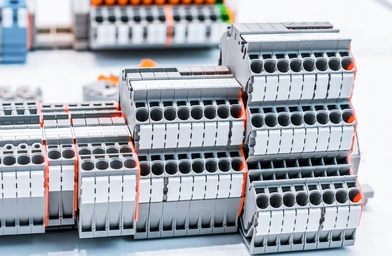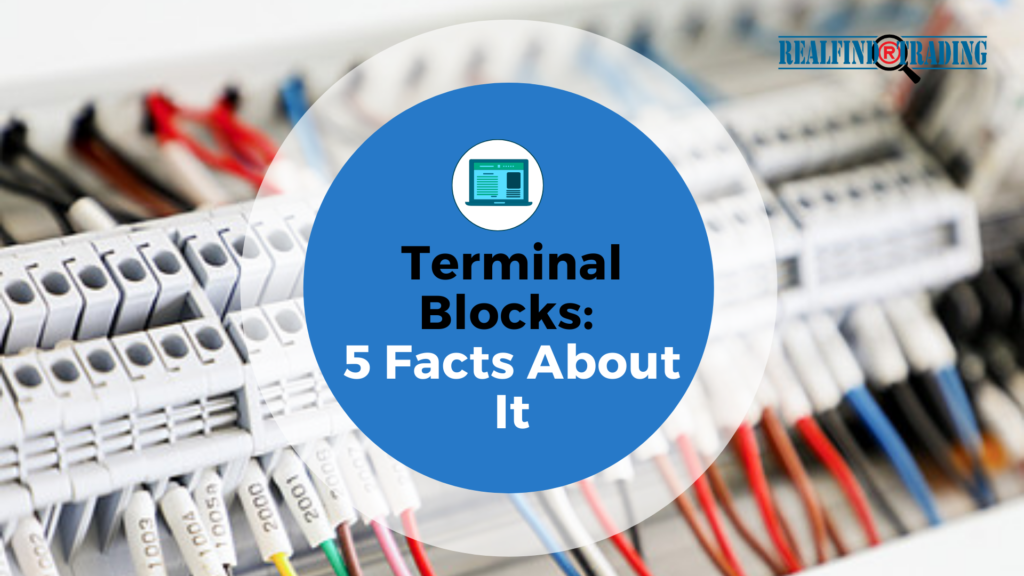Terminal blocks are commonly used in the electrical systems of airplanes. They consist of block-shaped connectors that support multiple wires or cables. Rather than using a twist-cap connector, for instance, you can connect two wires with a terminal block. Below are five facts about terminal blocks.

1. No Crimping Required
You don’t have to crimp wires or cables when using a terminal block. While there are exceptions, most terminal block(s) don’t require crimping. To use them, simply insert the wires or cables into the open ports on the sides. You can then clamp the exposed ends of the wires or cables by tightening the respective screws over them.
2. Easy to Install
Terminal blocks are easy to install. As previously mentioned, they don’t require crimping. Therefore, you don’t need a crimping tool to install terminal block(s). You just need a screwdriver as well as a wire stripper or utility knife. The screwdriver will allow you to clamp the wires or cables in the terminal block, whereas the wire stripper or utility knife will allow you to cut away the protective outer layer on the ends.
3. Barrier Terminal Blocks Available
When shopping for terminal blocks, you may come across barrier terminal blocks. Barrier terminals block(s) are still used to connect multiple wires or cables — just like all terminal block(s). The difference is that barrier terminal block(s) feature ring terminals to further protect the wire or cables from loosening.
4. Offers Organization
Many electricians prefer terminal blocks over traditional connectors because they offer organization. Terminal blocks don’t just connect wires or cables; they organize them. When connected with terminal block(s), wires and cables are neatly organized. This makes them easy to identify and manage in the future. Some electricians may even color-code the top of a terminal block to label the connected wires or cables.
5. Push-Fit Thermal Blocks Available
In addition to barrier, another alternative type of terminal block is push-fit. Also known as push-in terminal block(s), they live up to their namesake by requiring nothing more than a “push” to use. You can use a push-fit terminal block by pushing the wires or cable into it. As you push a wire or cable into a push-fit terminal block, it will clamp down.
In Conclusion
Terminal blocks offer a convenient connecting solution for wires and cables. For standard terminal block(s), you need to tighten a screw over each wire or cable. Push-fit terminal block(s), you can insert wires or screws directly into other block, at which point they’ll clamp in place.
For more info, visit this link page.
Sources(s): https://monroeaerospace.com/

